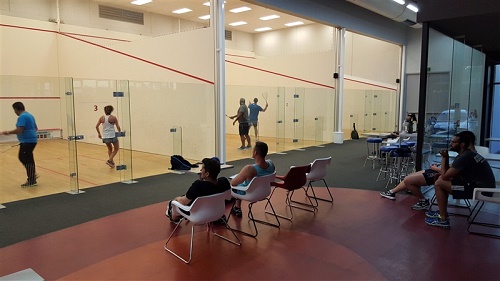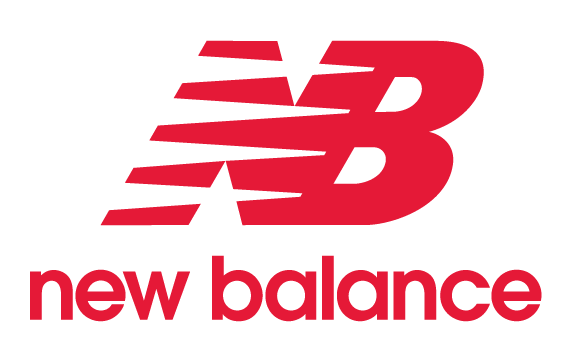Stop memberships from being cancelled
14 Jul 2016It is likely that right now some of your members are thinking about cancelling their membership. Maybe even today. Is there anything you can do to stop this from happening?
Keeping committed members is tough, especially when there are plenty of options out there and people’s schedules are full. Plus going from being inactive to active is one of the biggest hurdles for new members to conquer. The good thing is that in reality it is not likely that your members will simply decide to cancel their membership one day. This decision is often a process of disengagement - where the member withdraws from activities within your club. It can be gradual and if you don’t identify the signs it can happen right before your eyes.

Here are some common signs that will help you identify those members who are disengaging and how you can help re-engage them:
Participation frequency
The major sign of disengagement is a lack of participation. Research suggests most members attend a club at least twice a week. Keep an eye on member attendance and when a member starts to visit your facility less and less, find out if they are having any issues and help get them participating at least twice a week again.
Repetition
We are all creatures of habit and when it comes to playing squash, members who fall into the same routine week after week will soon get bored. If this is the case, members need something different. Look at offering a new programme or event to keep things interesting.
Social connections
Every club is a community. A key motivation is not to just play squash but to connect with others. Relationships are the glue which keeps members coming back again and again. When you have a ‘loner member’, they have no emotional connection to your facility and are more likely to not turn up. These members require group programmes and activities so they can get to know other members and form friendships. The best thing you can do to engage your members is communicate. Build rapport, get to know them (learn their name) and find out why they are there. Once you have done this, you can start to add accountability to the mix. Ask them when they will next be in.
Remember, the process of re-engagement should be gradual. They will soon understand that you are looking out for them and they will look forward to seeing you as well. In summary:
- Know the signs of disengagement and act on them.
- Understand that members are there to make friends.
- Go beyond having a social conversation to having interaction to drive increased engagement.
<< Back










